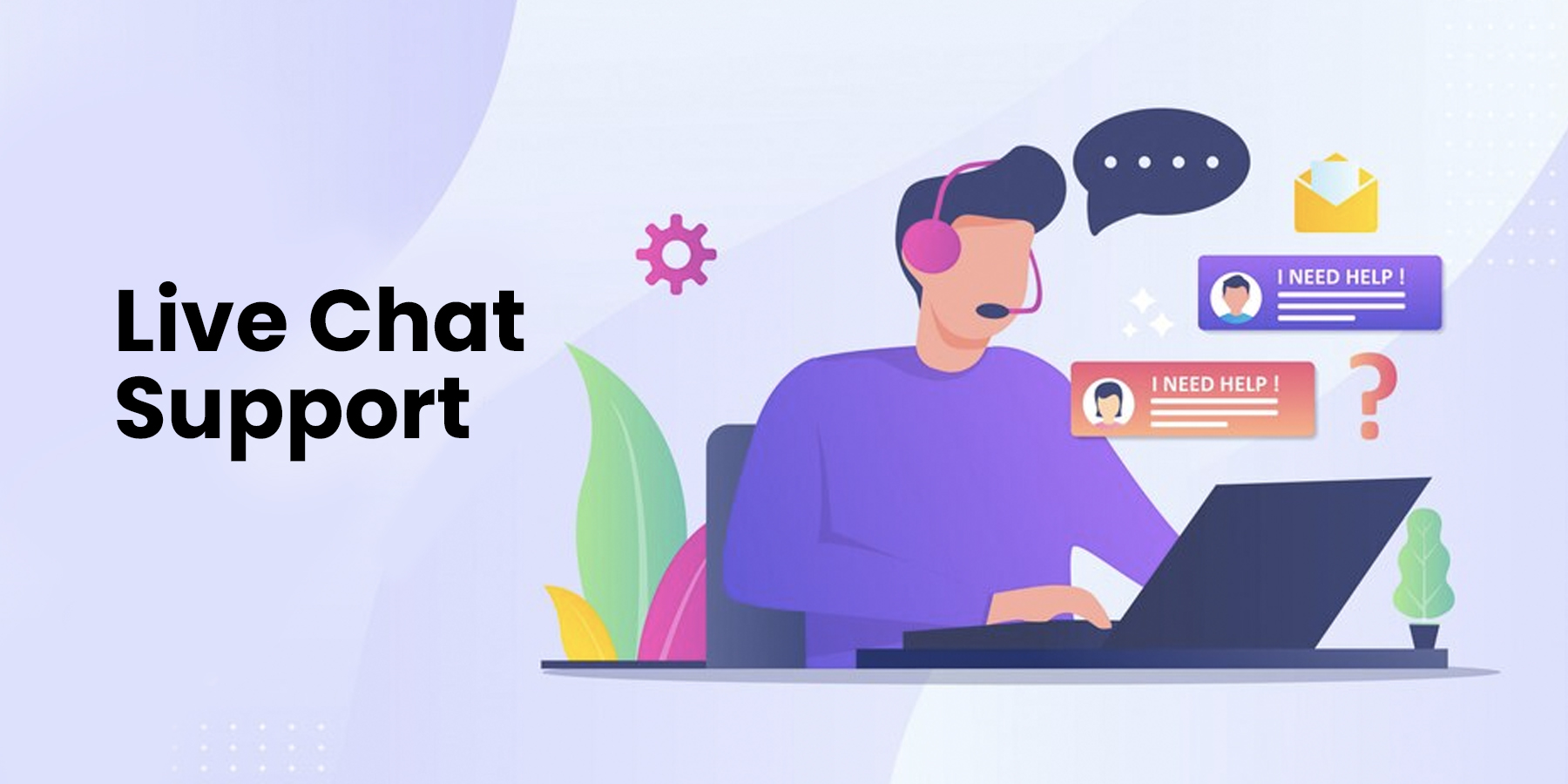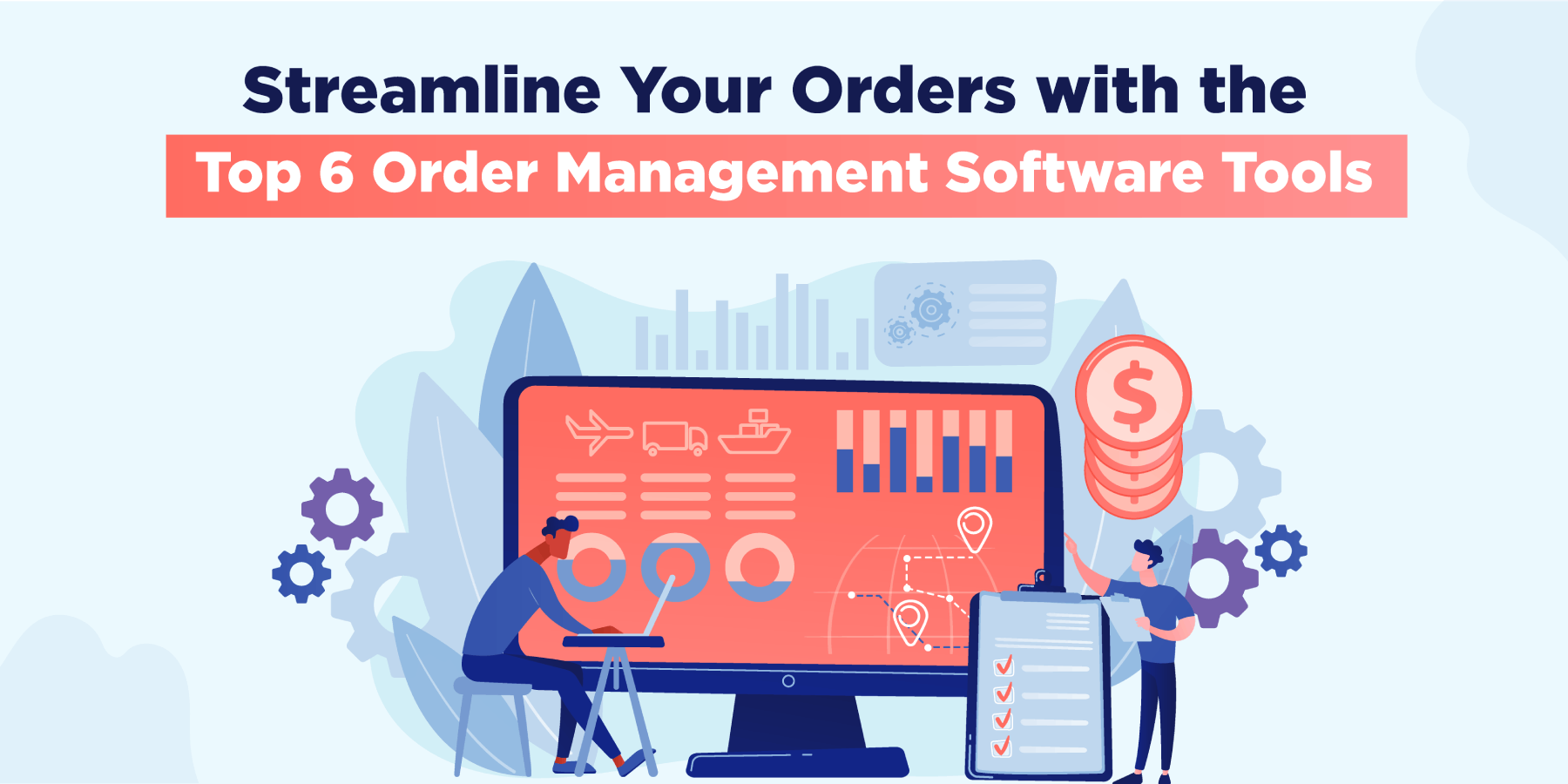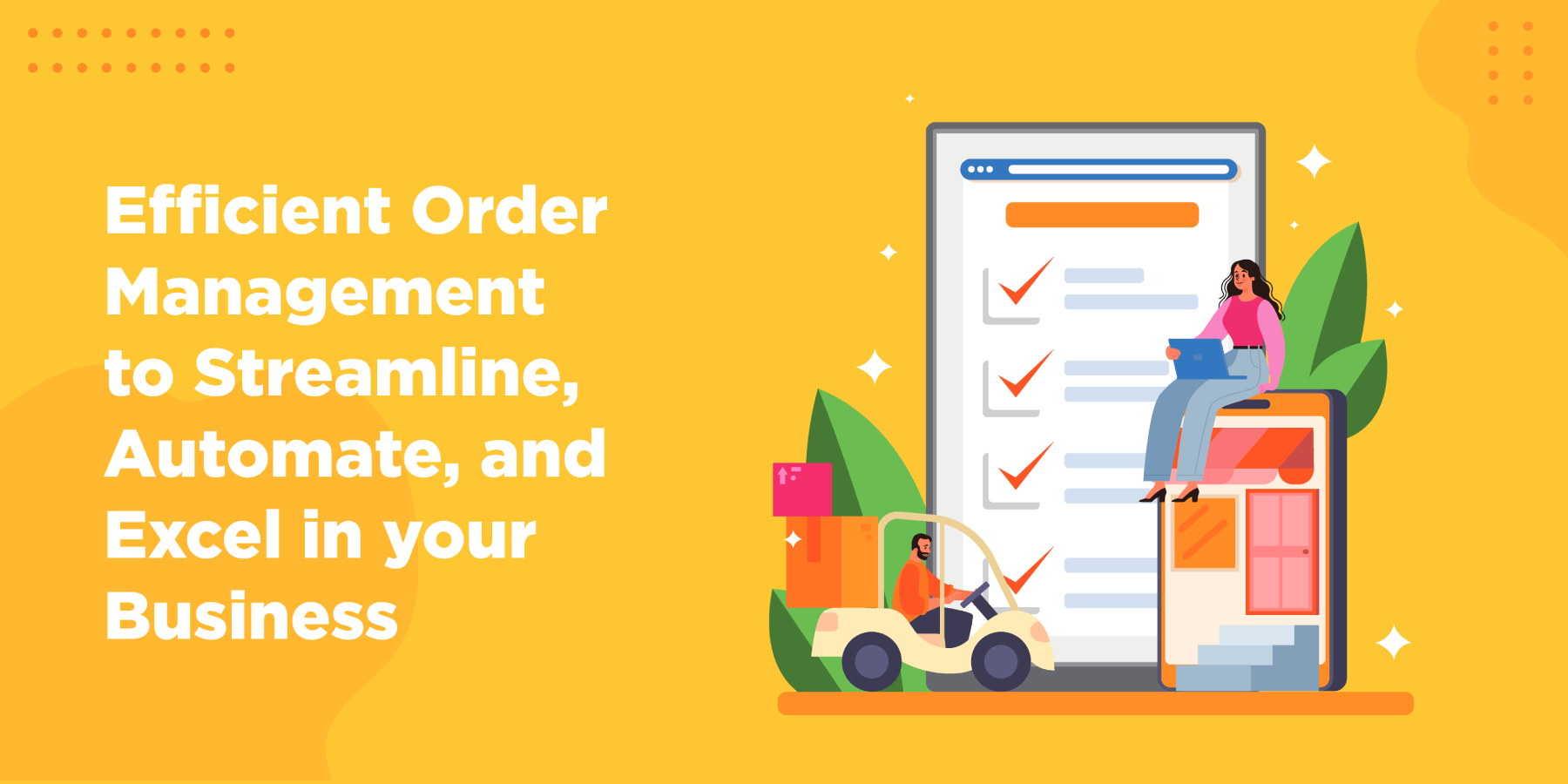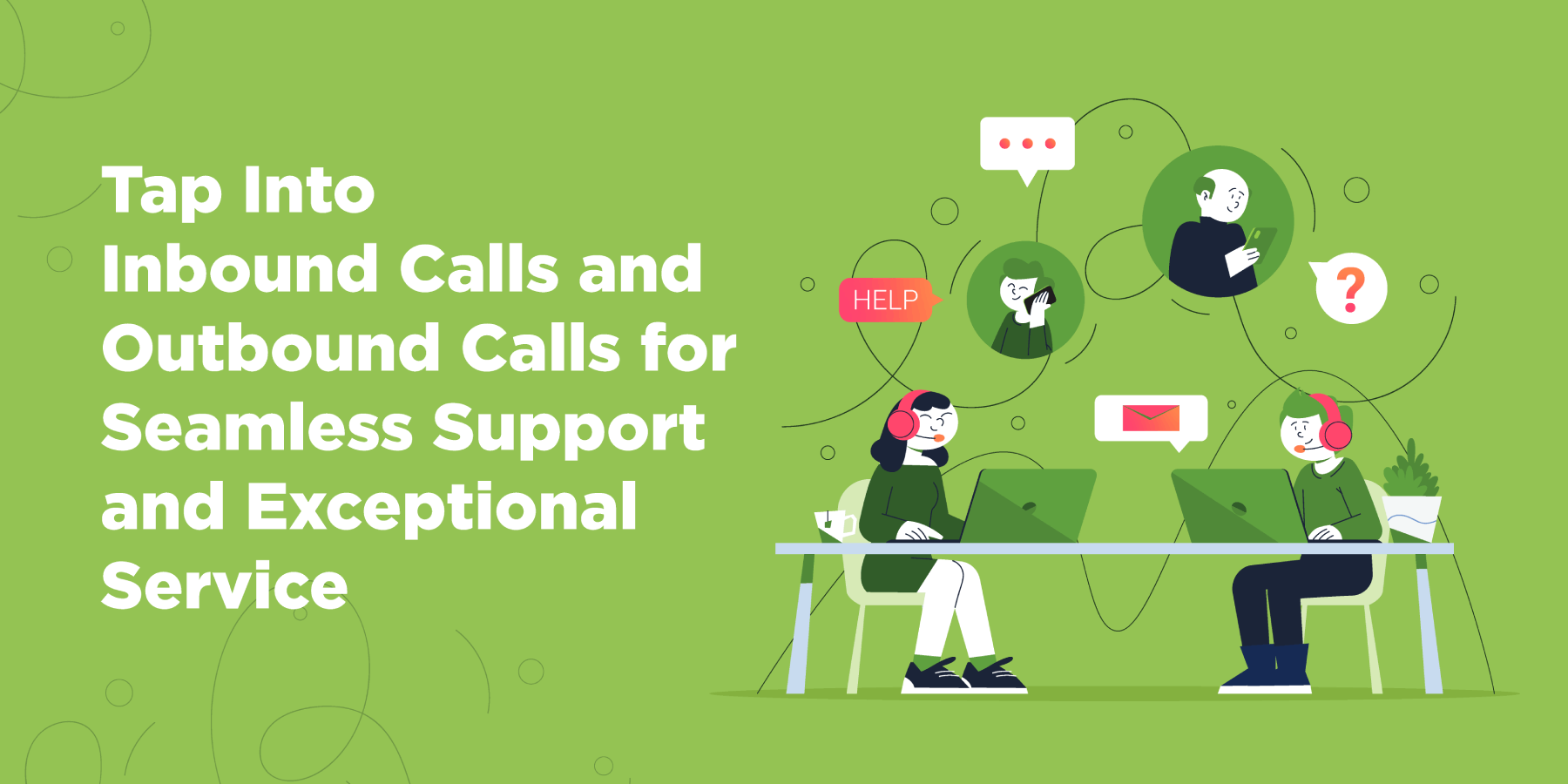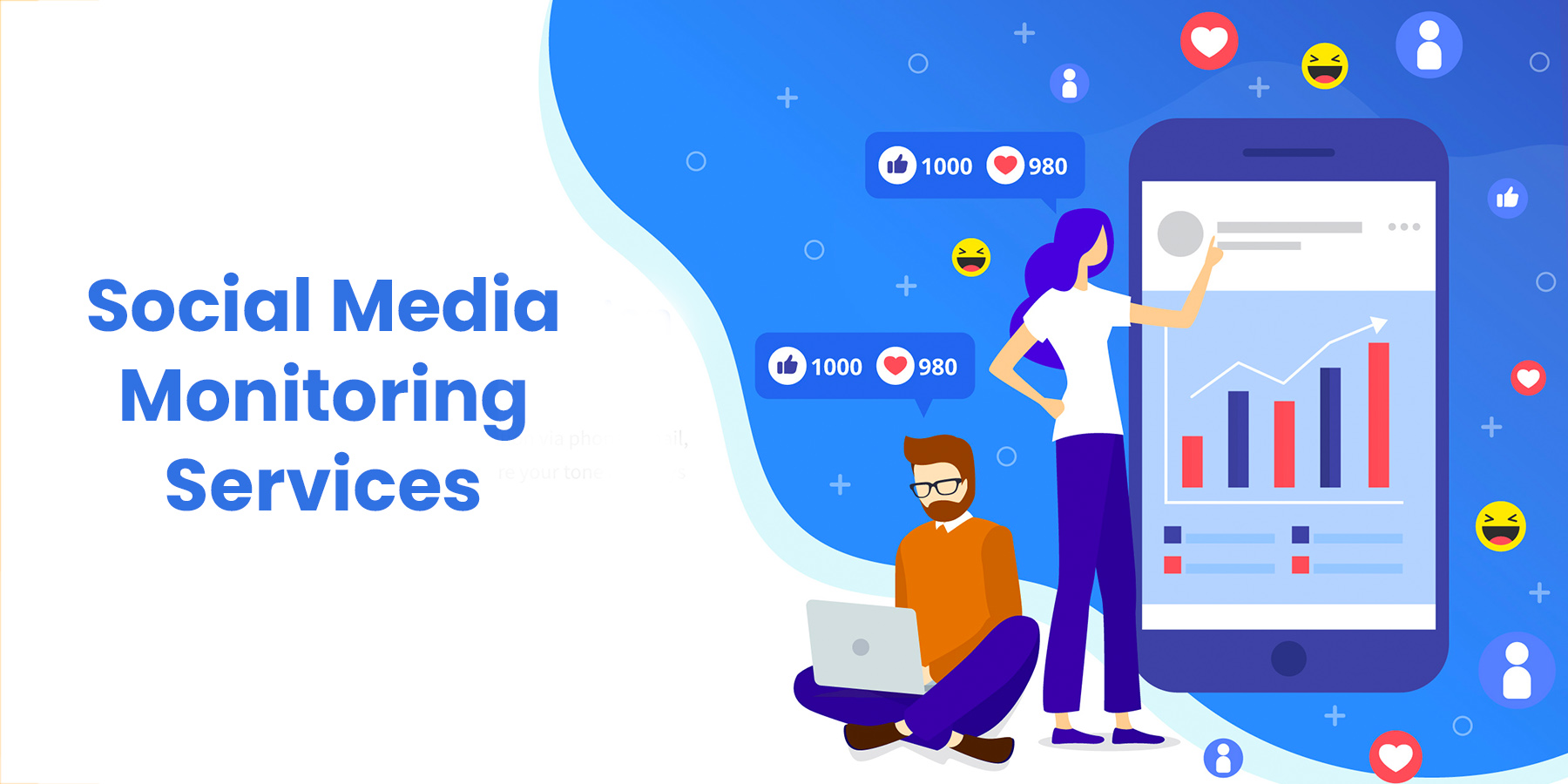In today's rapidly evolving business landscape, outbound call center services are crucial for customer outreach, sales, and support. These centers constantly seek ways to enhance their operations and improve the customer experience. With the advent of artificial intelligence (AI), outbound call centers are experiencing a significant transformation. This article explores the future trends in outbound call centers and examines the profound impact of AI on customer outreach.
Evolution of Outbound Call Centers
Outbound call centers has come a long way since their inception. Initially, they relied on manual dialing and scripted conversations. Over time, technological advancements enabled the automation of specific processes, such as predictive dialers. However, these traditional methods often lacked personalization and failed to deliver a seamless customer experience.
Rise of AI in Customer Service
The integration of AI in outbound call center services has revolutionized customer service. AI technologies like chatbots and virtual assistants have become increasingly prevalent. These intelligent systems leverage natural language processing (NLP) to engage with customers in real-time, answering queries and assisting.
Chatbots and Virtual Assistants
Chatbots and virtual assistants are AI-powered tools that can handle many customer interactions. They can quickly address frequently asked questions, guide customers through simple processes, and even escalate complex issues to human agents when necessary. By leveraging AI, outbound call center services can provide round-the-clock support and reduce customer wait times.
Natural Language Processing
Natural Language Processing is a core component of AI that enables machines to understand and interpret human language. Outbound call center services can use NLP to deliver personalized responses and recommendations by analyzing customer queries, sentiments, and context. This level of personalization creates a positive customer experience and fosters customer loyalty.
Speech Analytics
Speech analytics is another significant application of AI in outbound call center services. AI algorithms can extract valuable insights by analyzing customer calls, such as customer sentiment, tone, and intent. This data can then be used to identify training needs, monitor agent performance, and improve overall call center operations.
Benefits of AI in Outbound Call Centers
The integration of AI in outbound call center services brings several benefits that positively impact customer outreach.
Enhanced Efficiency and Productivity
AI-powered automation streamlines repetitive tasks, allowing agents to focus on complex, high-value interactions. Outbound call center services can significantly improve operational efficiency and increase agent productivity by automating call routing, data entry, and lead qualification.
Personalization and Customer Experience
AI technologies enable outbound call centers to deliver personalized experiences to each customer. AI algorithms can provide tailored recommendations and offers by analyzing customer data, purchase history, and preferences. This personal touch enhances customer satisfaction and increases the likelihood of successful sales conversions.
Improved Lead Generation and Sales Conversion
AI-powered analytics can identify patterns and trends in customer behavior, helping outbound call centers target customers with the right message at the right time. By leveraging predictive analytics, outbound call center services can identify potential leads and optimize their sales strategies. This data-driven approach improves lead generation and increases sales conversion rates.
Challenges and Considerations
While AI brings significant benefits, there are challenges and considerations to address.
Data Privacy and Security
As AI systems rely on customer data for analysis and personalization, ensuring data privacy and security is crucial. Outbound call centers must adhere to strict regulations and implement robust security measures to protect customer information.
Human Touch and Emotional Intelligence
While AI can automate many tasks, it cannot completely replace the human touch. Emotional intelligence, empathy, and understanding are essential to effective customer interactions. Striking the right balance between AI and human interaction is vital to exceptional customer service.
Integration and Adoption
Implementing AI technologies requires careful planning and seamless integration with existing systems. Outbound call center services must consider factors like staff training, data integration, and change management to ensure a smooth transition and successful adoption of AI.
Future Trends in Outbound Call Centers
The future of outbound call centers holds exciting possibilities as AI advances.
AI-Powered Predictive Analytics
AI-powered predictive analytics will be crucial for outbound call center services. AI algorithms can accurately predict customer behavior and optimize outreach strategies by analyzing vast amounts of customer data. This proactive approach helps outbound call centers stay ahead of customer needs and deliver personalized experiences.
Voice Recognition and Sentiment Analysis
Advancements in voice recognition and sentiment analysis technology enable outbound call centers to extract valuable insights from customer conversations. By analyzing tone, emotions, and sentiment, AI can identify customer satisfaction levels, detect potential issues, and provide real-time feedback to agents for continuous improvement.
Omni-channel Integration
Omni-channel integration allows customers to interact with outbound call center services seamlessly across various channels, such as phone, email, chat, and social media. AI-powered systems can ensure consistent and personalized experiences across these channels, enabling customers to switch between them without disruption.
Conclusion
AI has become a game-changer in the realm of outbound call centers. Its integration has paved the way for enhanced efficiency, personalized customer experiences, and improved sales outcomes. However, outbound call centers must address data privacy, human touch, and successful integration challenges. By embracing future trends like AI-powered predictive analytics, voice recognition, and omnichannel integration, outbound call center services can continue to evolve and provide exceptional customer outreach.
Looking for the best outbound call center company? We at Wow Customer Support know that keeping existing customers will be much less expensive for your company than finding new ones. We go above and beyond to ensure that each of your customers has a satisfying experience with your company. Contact us today to learn more!






